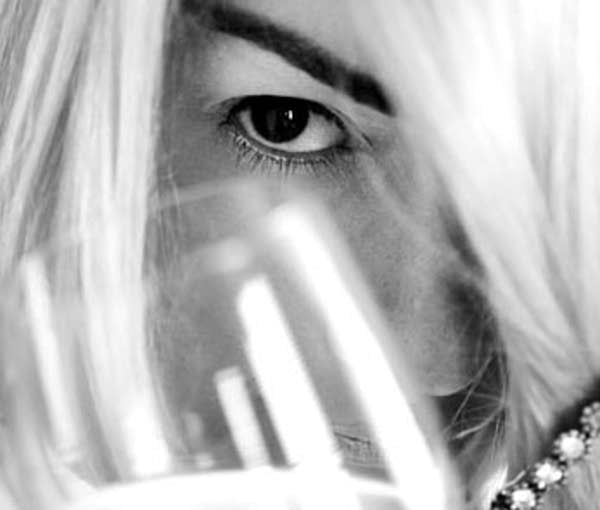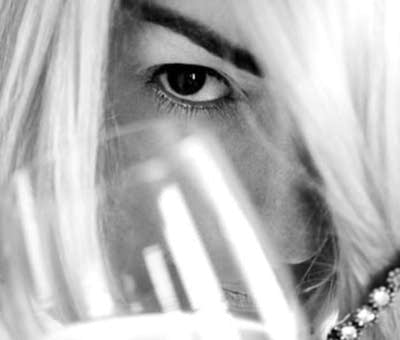Dining with Dara: Urban fish farms may transform MInn. food scene

When you think of Minnesota fish, you naturally think of 10,000 lakes, a boat and a line, and a campfire fish fry. But that may be changing, as our regular food and dining critic Dara Moskowitz Grumdahl is here to tell us about the new indoor trend for Minnesota fish.
Moskowitz Grumdahl, senior editor for Minneapolis St. Paul magazine, toured a couple of new aquaponic operations in the Twin Cities and talked about them with MPR's Tom Crann.
Dara Moskowitz Grumdahl: First let's get some terms clear. A few weeks ago we talked about hydroponics -- the system of growing vegetables in greenhouses such that their roots are in a water-and-nutrient bath. Aquaponics is hydroponics plus fish.
Tom Crann: What kind of fish?
Create a More Connected Minnesota
MPR News is your trusted resource for the news you need. With your support, MPR News brings accessible, courageous journalism and authentic conversation to everyone - free of paywalls and barriers. Your gift makes a difference.
Moskowitz Grumdahl: Great question. There are two aquaponic operations underway in the Twin Cities, each with a different fish, and each very different.

In St. Paul, the fish is tilapia, and the plans are beyond ambitious. A group of investors led by the Minneapolis marketing guru Fred Haberman is transforming the big old brewhouse of the old Hamm's Brewery into a fish and produce farm.
Crann: If I remember correctly, the old Hamm's Brewery is a huge site.
Moskowitz Grumdahl: Vast, enormous, ginormous -- the old brewhouse is 55,000 square feet, five floors, with masonry walls four feet thick. They don't build buildings like that anymore. A hundred years ago the building supported enormous brew tanks, so it's built to hold very heavy loads of water.
The City of St. Paul has been wanting to redevelop this parcel of land and buildings up on the Payne Avenue hills overlooking downtown St. Paul, and they're working with the Haberman-led group, called Urban Organics, to get the site up and running again.
Crann: As a fish farm.
Moskowitz Grumdahl: A fish farm and a vegetable farm. Fred Haberman and the city are thinking a lot about the idea of food deserts. The idea is that this Urban Organics will be providing lettuce, kale, basil, and eventually other vegetables from a rooftop greenhouse.
Crann: So the famous water that Hamm's beer was made from will now be the famous water that fish are grown in. So that's the St. Paul story. What about the Minneapolis aquaponic operation?
Moskowitz Grumdahl: It couldn't be more different. While the St. Paul one, Urban Organics, is an enormous public-private partnership, the Minneapolis one, The Urban Farm Project, is a couple guys in a warehouse on a shoestring budget, building fish tanks out of wood and pond liners.
The people behind it are named Chad Hebert and Warren Burgess, and they've actually been raising coldwater perch as well as seven types of lettuce, cabbage, strawberries, basil, and celery, and selling them to local restaurants like Heartland.
Crann: Perch? Aren't perch relatives of walleye?
Moskowitz Grumdahl: Yes. The perch The Urban Farm Project is raising are yellow perch. Hebert told me the reason they aren't raising walleye is because of walleye's sharp teeth and carnivorous ways -- you'd start with a tank full of baby walleye, and then you'd have two fat ones left!
The University of Minnesota is experimenting with a walleye-sauger cross, which could solve the two problems which have been bedeviling Minnesotans: How to produce local, sustainable food that's delicious, and how to fish for walleye in January in your bathing suit!
